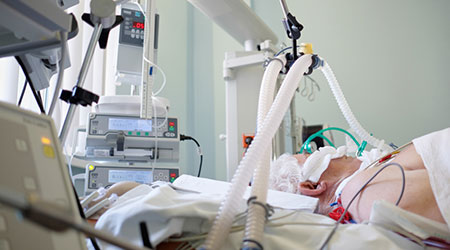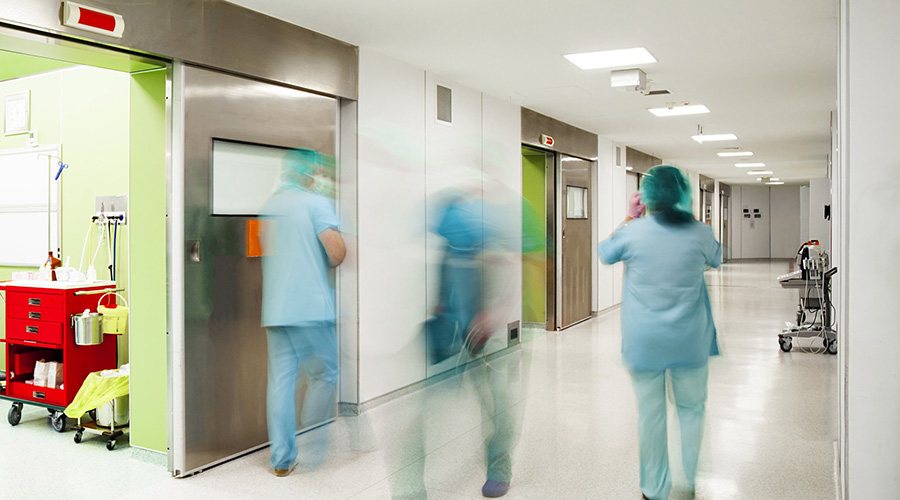Controlling the spread of COVID-19 is difficult enough in hospitals, given the many variables at work, including screening procedures, sanitizing practices, air filtration measures and the outside activities of doctors, nurses and staff. In some cases, however, hospitals also are having difficulty gathering accurate data on the spread of the illness among patients.
For example, how many patients enter a Connecticut hospital with a broken leg or some other type of emergency and then contracting COVID-19 while hospitalized? It’s impossible to say because officials with the state’s Department of Public Health (DPH) have not been able to track the number of patients who might have contracted COVID-19 during a hospital stay, according to CT News Junkie. But when people do test positive for the novel coronavirus after being admitted for other reasons, the state is counting those patients as COVID-19 hospitalizations, says a DPH spokesman.
It’s easier to trace COVID-19 infections in nursing homes since most residents have been at the facility for longer than two weeks, officials said. But in a hospital setting where most patients only stay a short time, it’s difficult to tell where a person contracted the disease, according to CTNewsJunkie.
Click here to read the article.

 Making the Energy Efficiency Case to the C-Suite
Making the Energy Efficiency Case to the C-Suite How to Avoid HAIs This Flu Season
How to Avoid HAIs This Flu Season Design Phase Set to Begin for Hospital Annex at SUNY Upstate Medical
Design Phase Set to Begin for Hospital Annex at SUNY Upstate Medical Building Hospital Resilience in an Era of Extreme Weather
Building Hospital Resilience in an Era of Extreme Weather Ennoble Care Falls Victim to Data Breach
Ennoble Care Falls Victim to Data Breach